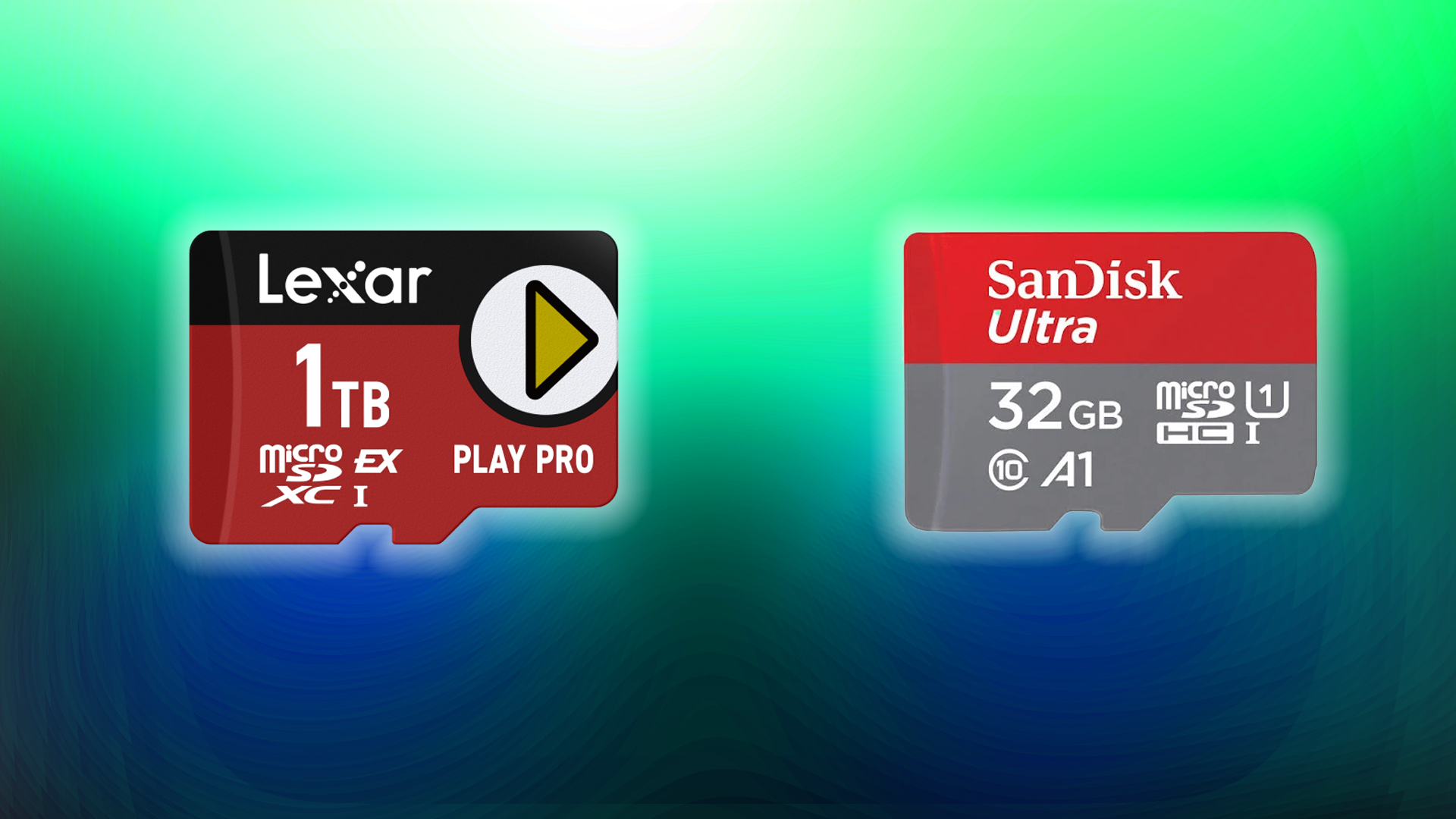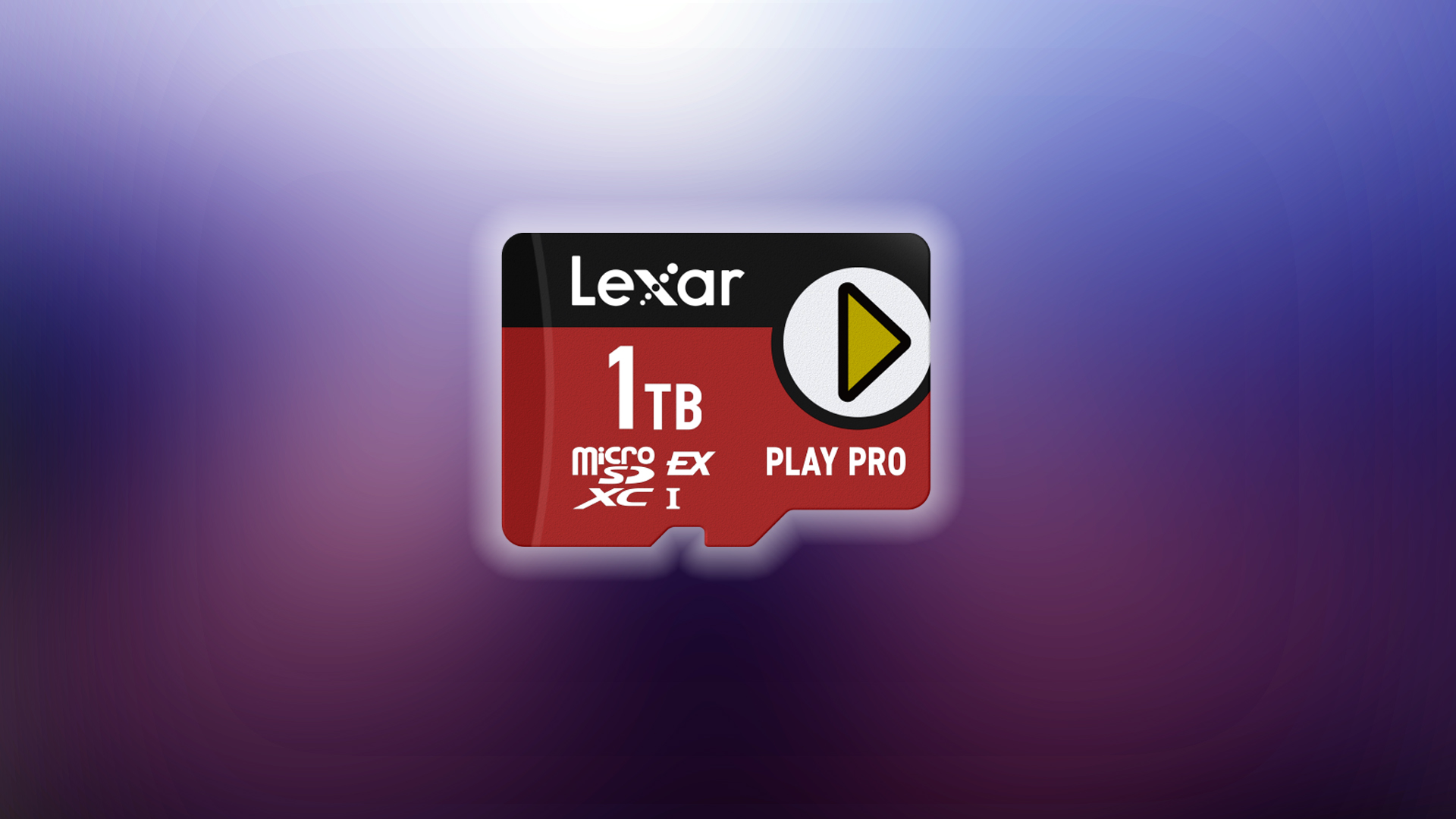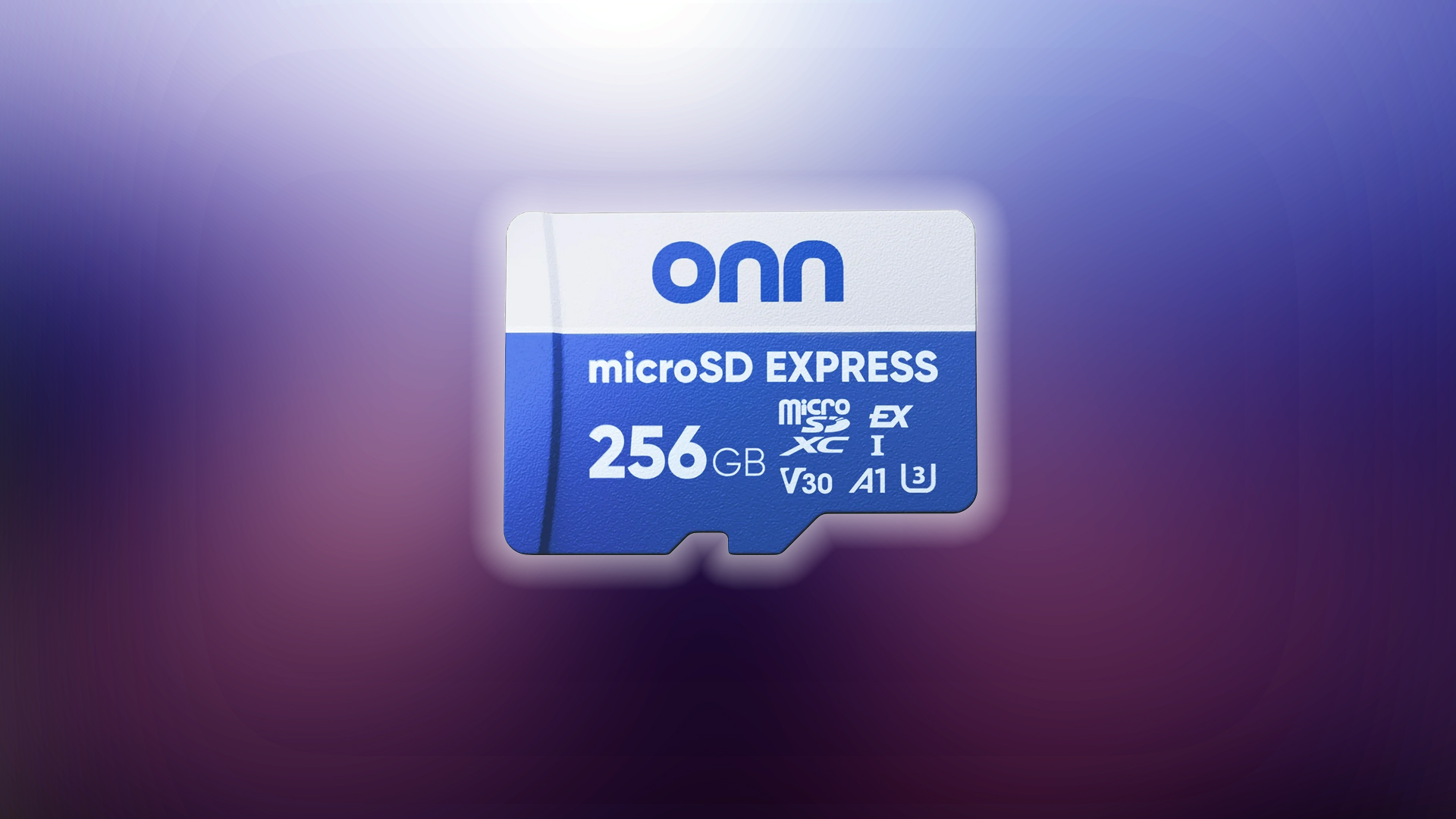Switch 2 drops of regular microSD support—welcome to microSD Express. It’s faster, pricier, and essential for AAA gaming. Learn more below.

Nintendo Switch 2 now supports microSD Express only for game storage. This is indeed a significant shift from its predecessor, but when considering modern gaming and its file sizes, it requires blazing-fast I/O throughput. Nintendo did this for a reason, and here’s how it matters to you and your gaming experience.
microSD Express vs. Standard microSD: Massive Speed Gains

The new generation microSD Express cards leverage the PCIe Gen 3.0 NVMe Interface. This clock’s read/write speeds reach up to 985 MB/s, which is nearly 10 times faster than the UHS-1 microSD cards (104 MB/s). In real-world use cases, tests show that Switch two loads Breath of the Wild in 3 seconds, versus 9 seconds on the original Switch. Games like Cyberpunk 2077 greatly benefit from this high bandwidth, as it has finally addressed issues with fewer texture pop-ins and texture load times.
No Backward Compatibility for Games
While microSD Express cards work in older devices at UHS-1 speeds, the Switch 2 blocks users from installing standard micro SD cards for game storage. You can, however, use normal (standard) micro SD cards with the Switch 2 for transferring screenshots you take in-game, or even transferring recorded video clips from Switch 2 to another device (PC). But you cannot use standard micro SD cards for storing games.
Cost: Premium Pricing for Future-Proofing

A 256GB microSD Express card costs around $35–$70, which is quite a lot when you can get a standard microSD card for around $18-30 bucks. If you consider a 1TB microSD Express card, it can cost around $200, which is normal, as this is essentially an NVMe drive. On the flip side, you can be assured that larger open-world games won’t cause you any issues in the future.
Real-World Use Cases
Note: These results are based on publicly available information.
- Faster Downloads: A 64GB game installs in ~1 minute versus ~10 minutes on UHS-I.
- Smoother Gameplay: High I/O throughput helps in Cyberpunk’s asset streaming.
- Content Creation: 4K/60FPS video capture requires sustained writes of up to 210MB/s
Durability and Design
There are areas where the micro SD Express has a clean edge over the original iteration. That’s the thermal management system that comes as standard with the new SD Express cards. This is imperative, as it can help save your new card from overheating when gaming intensively, i.e.
The Verdict
If you own a Switch 2, you need to buy a microSD Express. As expensive as it sounds, the speed uplift and the tech indeed justify the cost, especially for AAA games, and the trend that is currently followed. Opt for 256GB as the sweet spot ($55–$60); 1 TB is too expensive as of today.
We provide the latest news and “How To’s” for Tech content. Meanwhile, you can check out the following articles related to PC GPUs, CPU and GPU comparisons, mobile phones, and more:
- 5 Best Air Coolers for CPUs in 2025
- ASUS TUF Gaming F16 Release Date, Specifications, Price, and More
- iPhone 16e vs iPhone SE (3rd Gen): Which One To Buy in 2025?
- Powerbeats Pro 2 vs AirPods Pro 2: Which One To Get in 2025
- RTX 5070 Ti vs. RTX 4070 Super: Specs, Price and More Compared
- Windows 11: How To Disable Lock Screen Widgets
 Reddit
Reddit
 Email
Email


